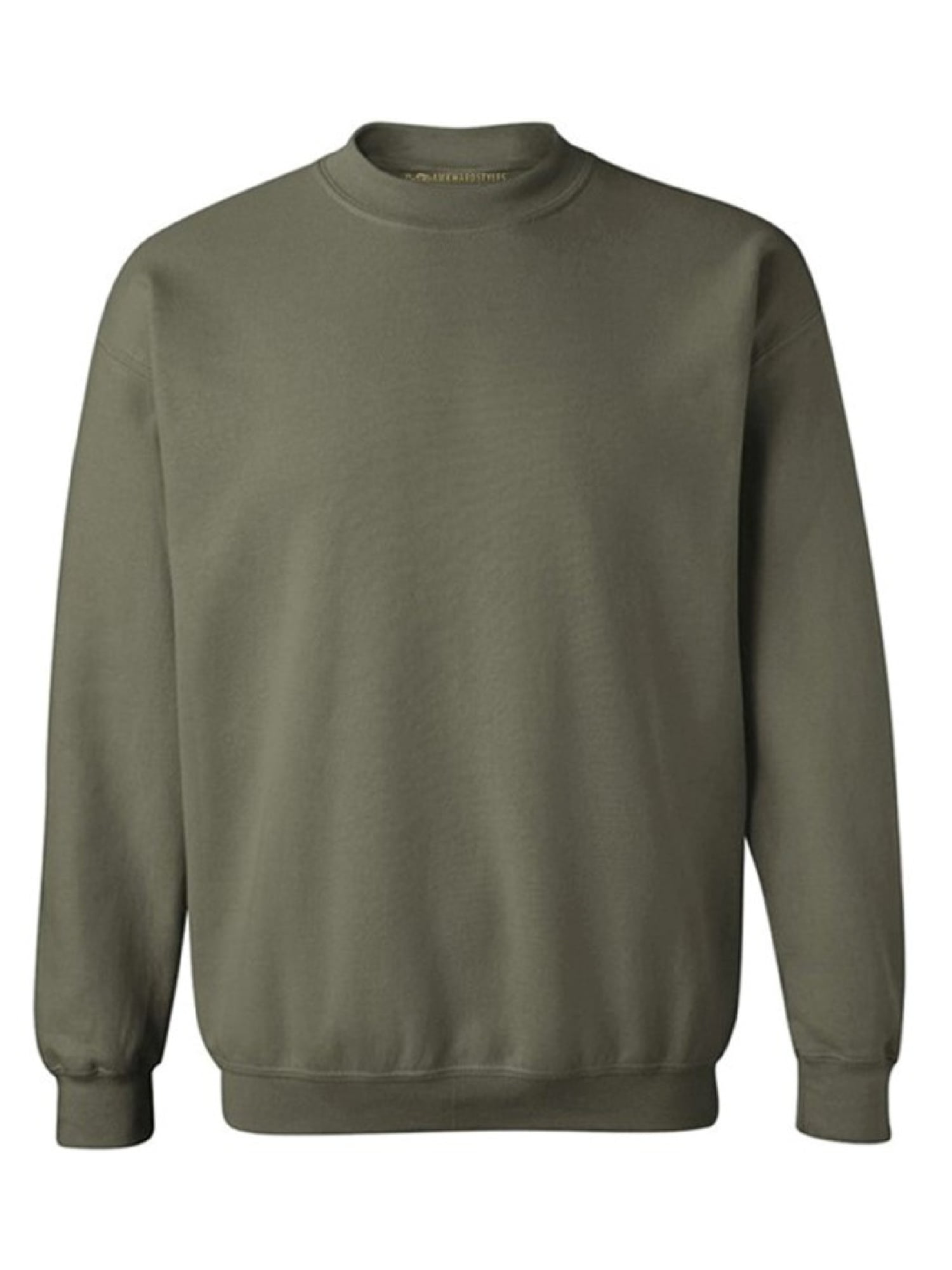Sweatshirts are long-sleeved, pullover shirts that are typically composed of thick cotton. They are generally worn as casual clothing but aren't so formal as sweater s and cardigans. They might not come with the or hood. If you're interested in purchasing a sweatshirt, here are some suggestions:
Norma Kamali spread the appeal of sweatshirts

Since the late 1970s and into the late '70s, Norma Kamali has been turning the humble sweatshirt into a work of art. Her designs are now an essential part of all women's wardrobes. Her unique styles include tummy-tucking t-shirts to a crew neck , to leather paneled sweatshirts. She also has created clothes in unusual forms, such as an oversized tank top that has an extended trumpet skirt.
The collaboration of the designers and sweatshirt maker Everlast led to her Timeless line, which was a huge hit when it debuted in Spiegel's spring 2006 catalog. The collection was made up of interchangeable and convertible knits in classic silhouettes and a lot of pieces were priced under $20. Even if The Norma Kamali Timeless collection was not available in stores, buyers were able to find the items on eBay as well as Poshmark.
Merino wool sweatshirts tend to be more comfortable than sweatshirts made of soft wool.
Merino wool is known for its moisture-wicking properties that help keep you dry and comfortable. It is a natural fiber that also offers a more comfortable feel. It also drys quickly compared to other natural materials. Additionally, merino is a sustainable resource. Merino sheep shed their coats every year and regrow new coats.
The warmth-to-weight ratio of merino wool is what makes it a popular choice for sweatshirts. It aids in controlling the temperature of your body due to its loft that naturally retains heat between the fibers. This is why Merino wool sweaters are perfect for outdoor and summer activities like hiking, mountain biking and running. The warmth they provide keeps the wearer comfortable and dry. This is crucial when exercising.
Zip-front hoodies come with kangaroo pockets.
Kangaroo pocket Hoodies are a very popular type of hoodie. They have a huge pocket on the front, that keeps your hands warm on chilly days. They're also more practical than traditional pockets, since they allow the hands to slide in and out easily.
The pockets of Kangaroos are usually big enough to fit a wallet or some other smaller personal items. They are commonly long enough to fit the palm of a hand that is small or even large enough to accommodate two hands. They are wide on both sides and are ideal for carrying small objects.
French terry fabric is a very popular material for sweatshirts.
The French terry fabric is made of soft yarns that are knitted into loops and is usually mid-weight. It is also known as a fabric that wicks moisture and is already pre-shrunk. French terry is a great choice for sweatshirts because it keeps you warm when you're in need and helps keep your cool when you want to cool off.
French Terry is also popular for loungewear, since it is stretchy enough and has enough flexibleness to feel great when you touch your body. It also allows for enough air to circulate through the fabric, which makes it perfect for layering under other clothes. In addition, because it's lighter than most sweatshirts that you can wear all through the year without feeling too hot or cold.
Hoodies can be classist.
While it may seem that hoodies are just an appropriate garment for those who are working class but the truth is that they carry classist connotations. Hoodies were first used in the early 1970s , in New York, where graffiti artists wore them to conceal their identities. In 1976 the hoodies made their big appearance in the film "Rocky," when the working-class title character wore grey sweats with hoods during his memorable climb to the top of the steps of the Philadelphia Museum of Art.
Hoodies are usually associated with destruction, death and other negative items, yet they serve a practical purpose. For instance, priests and monks may wear hoods to show modesty and inward focus.
